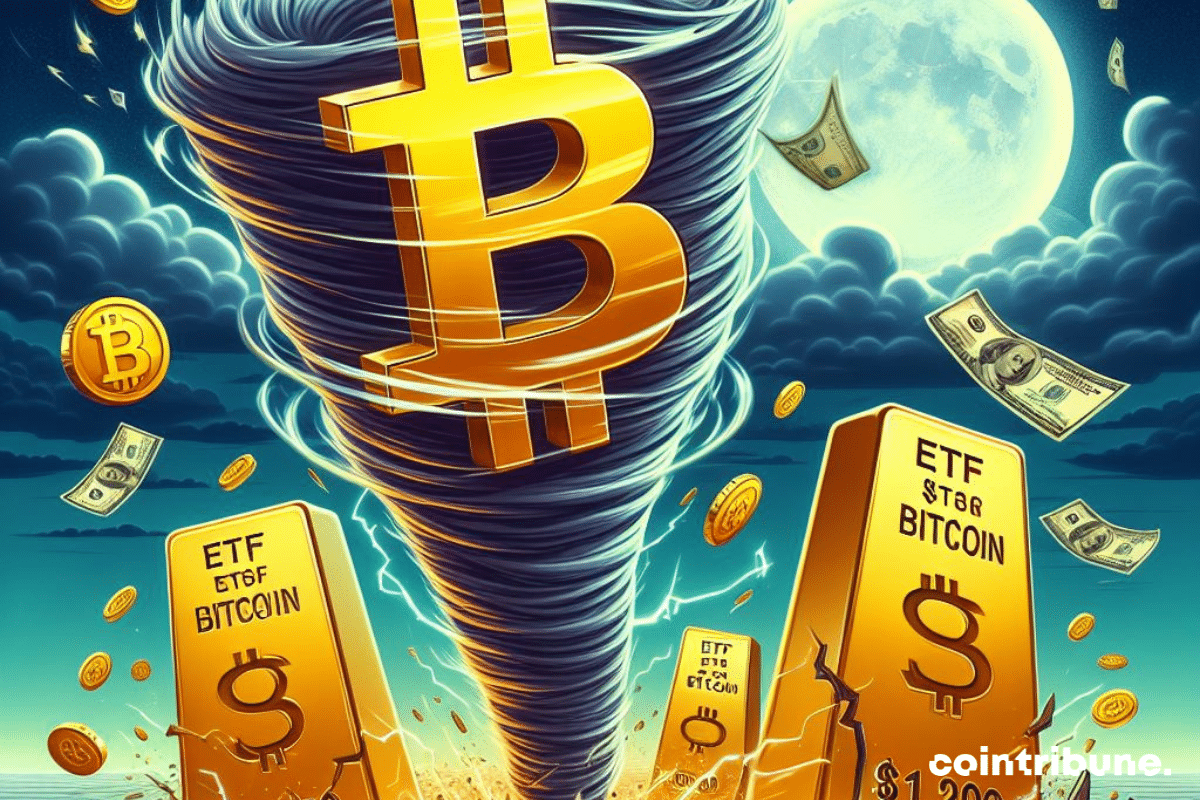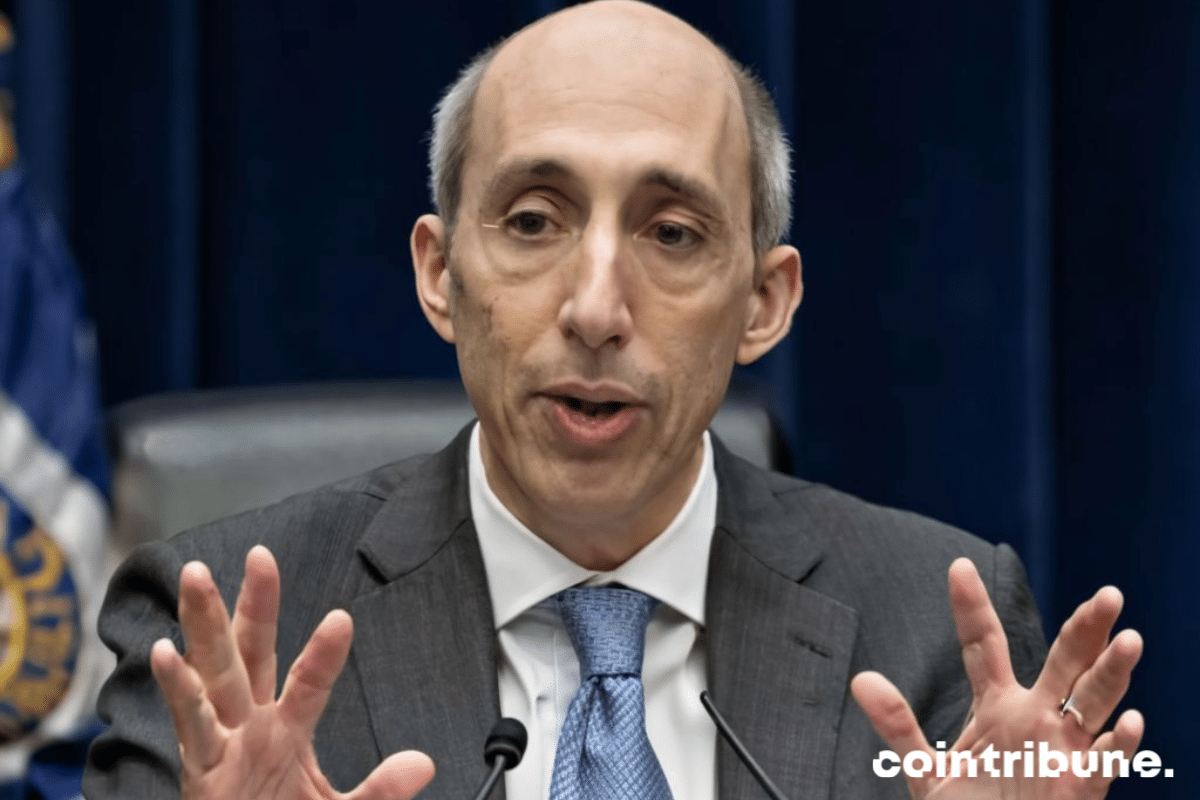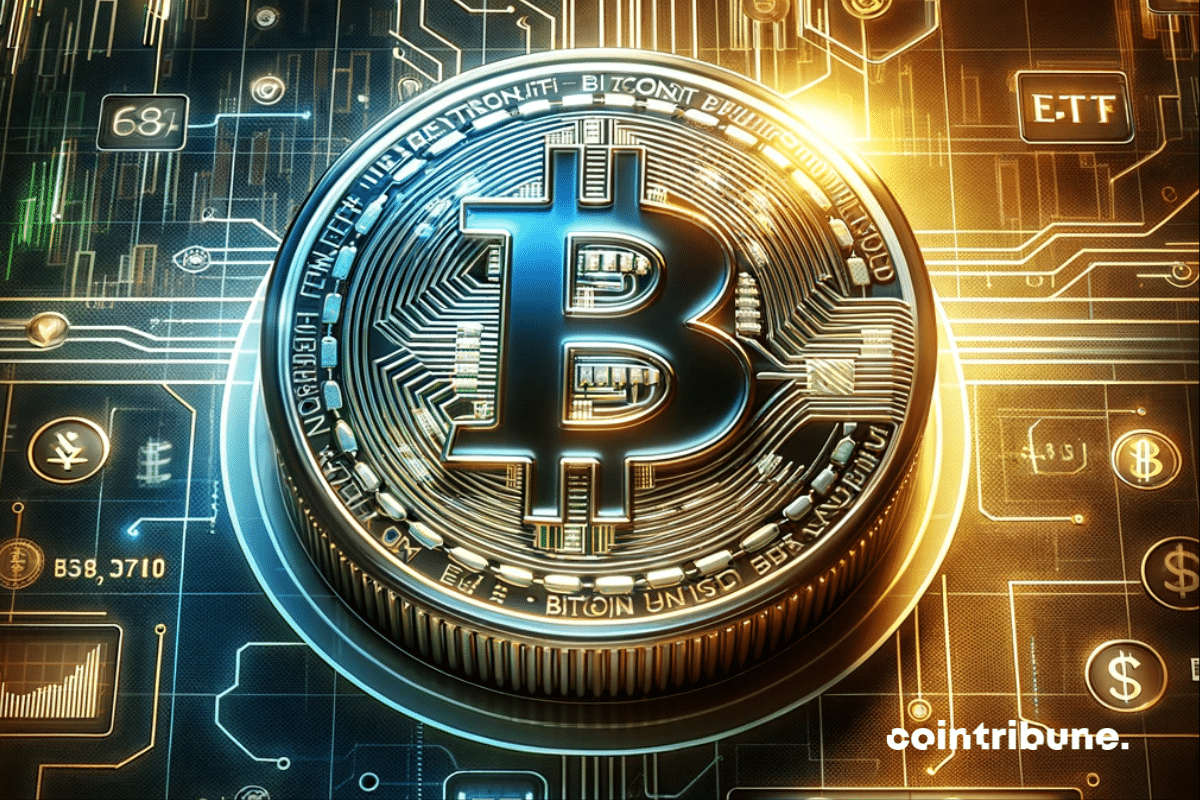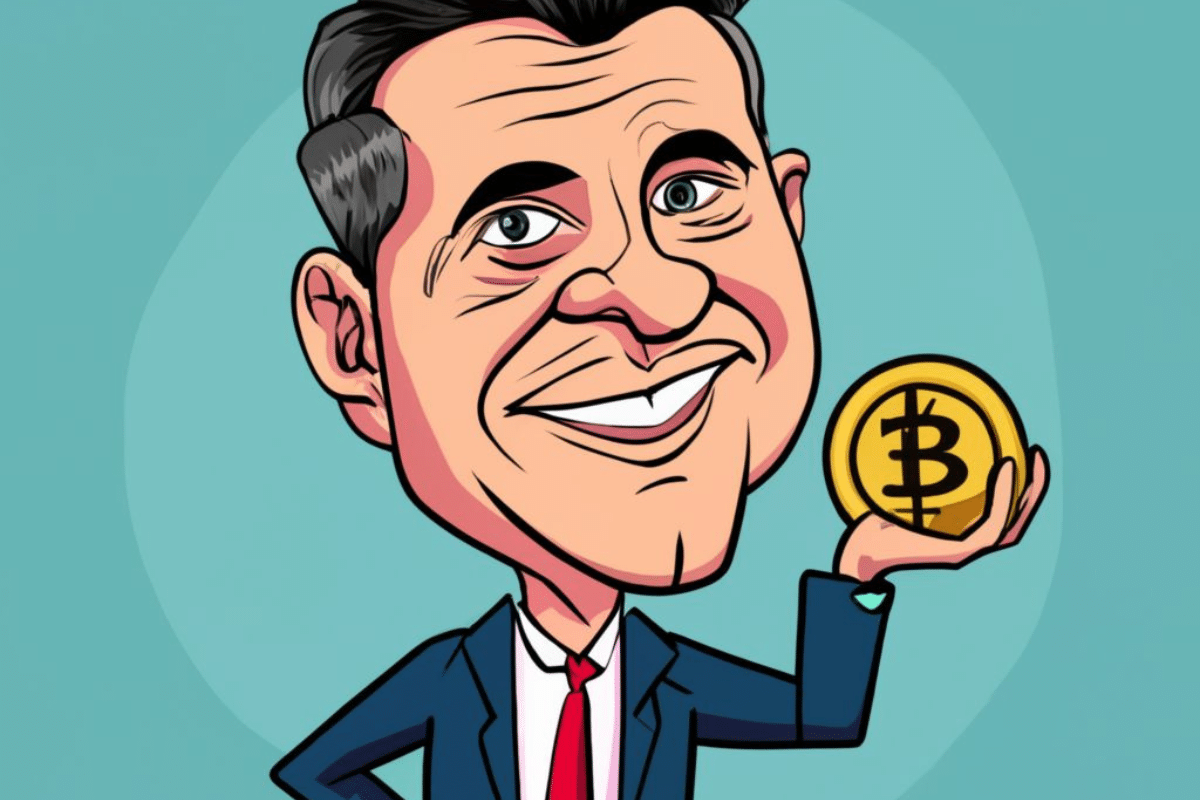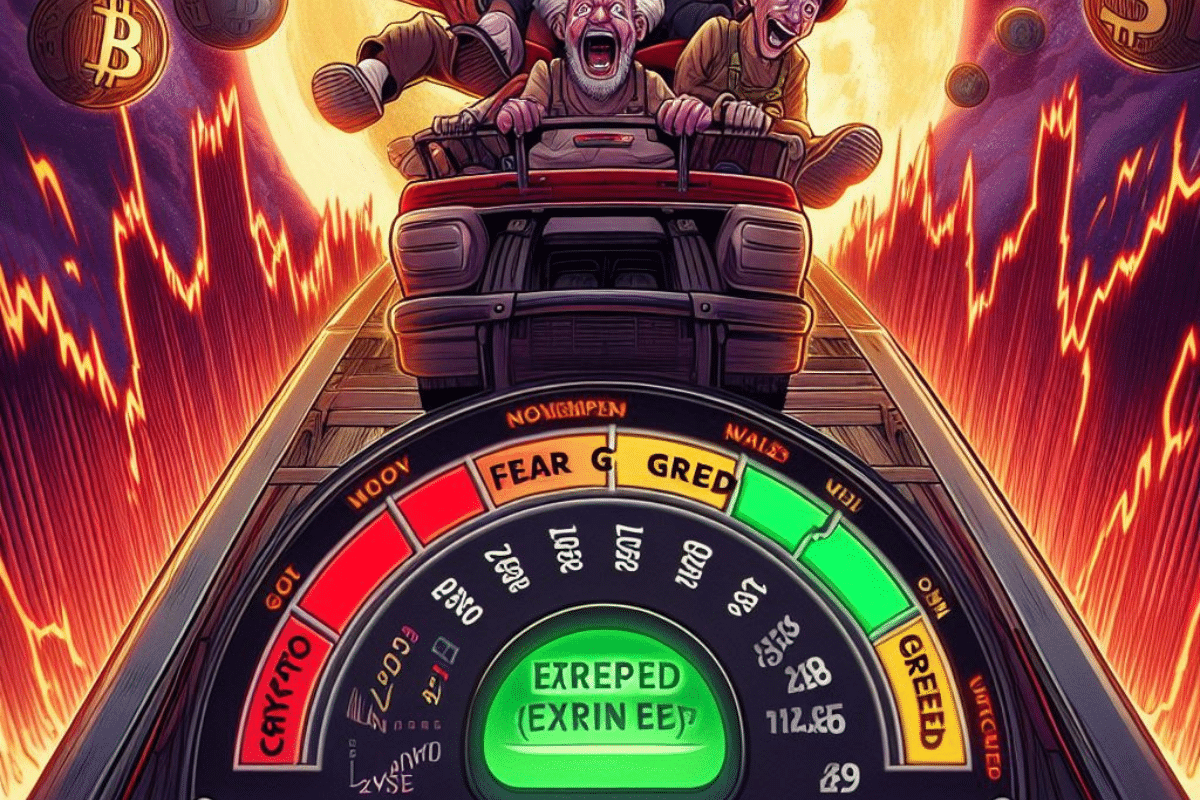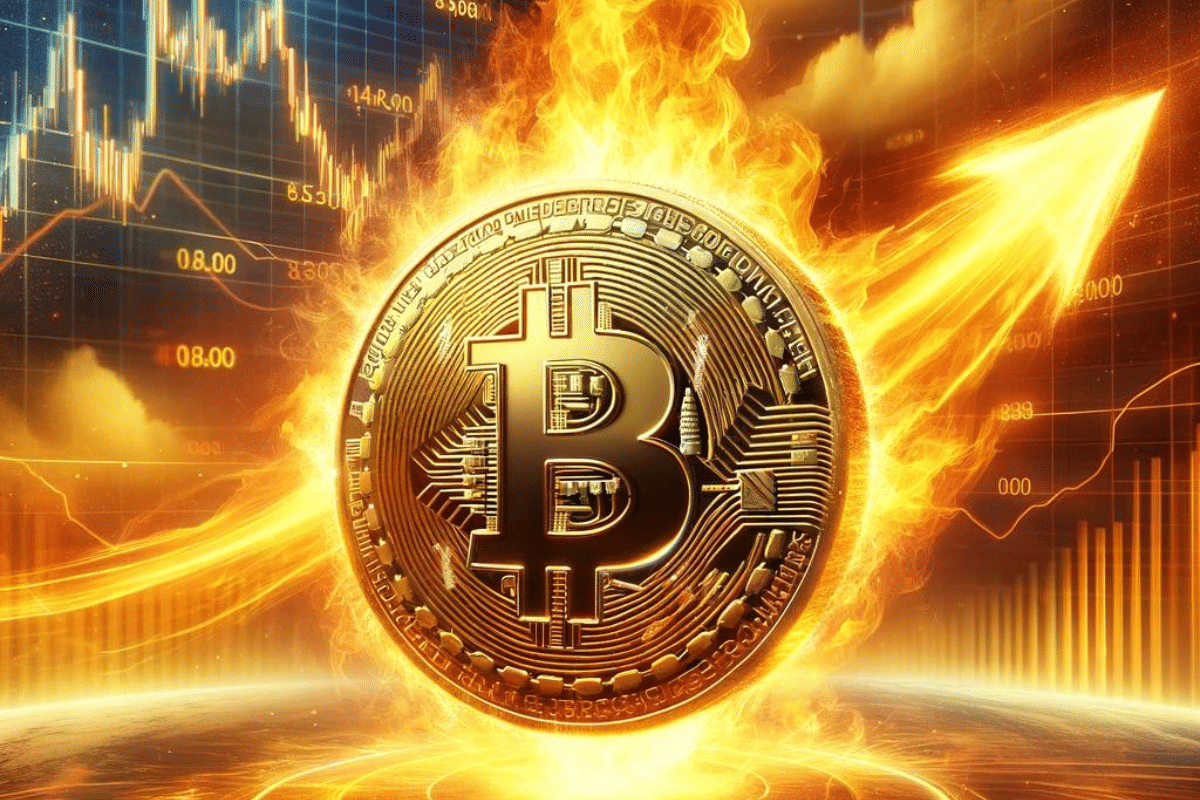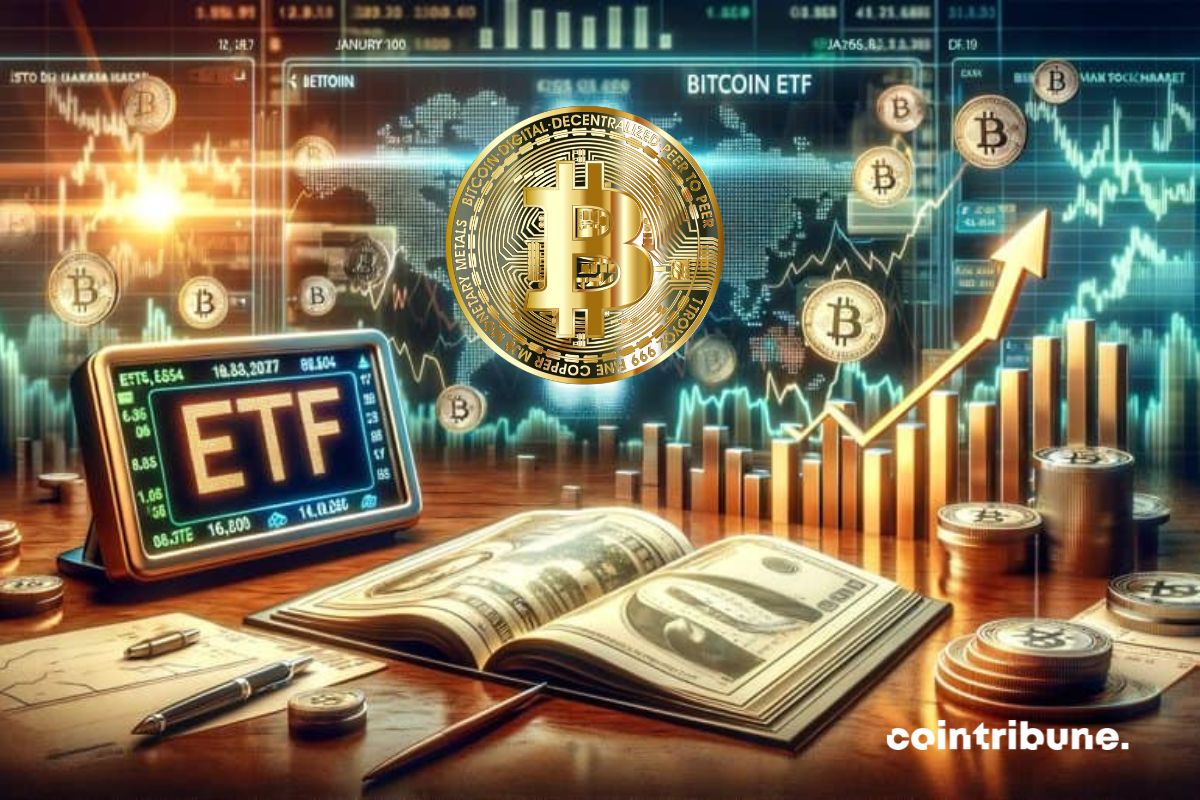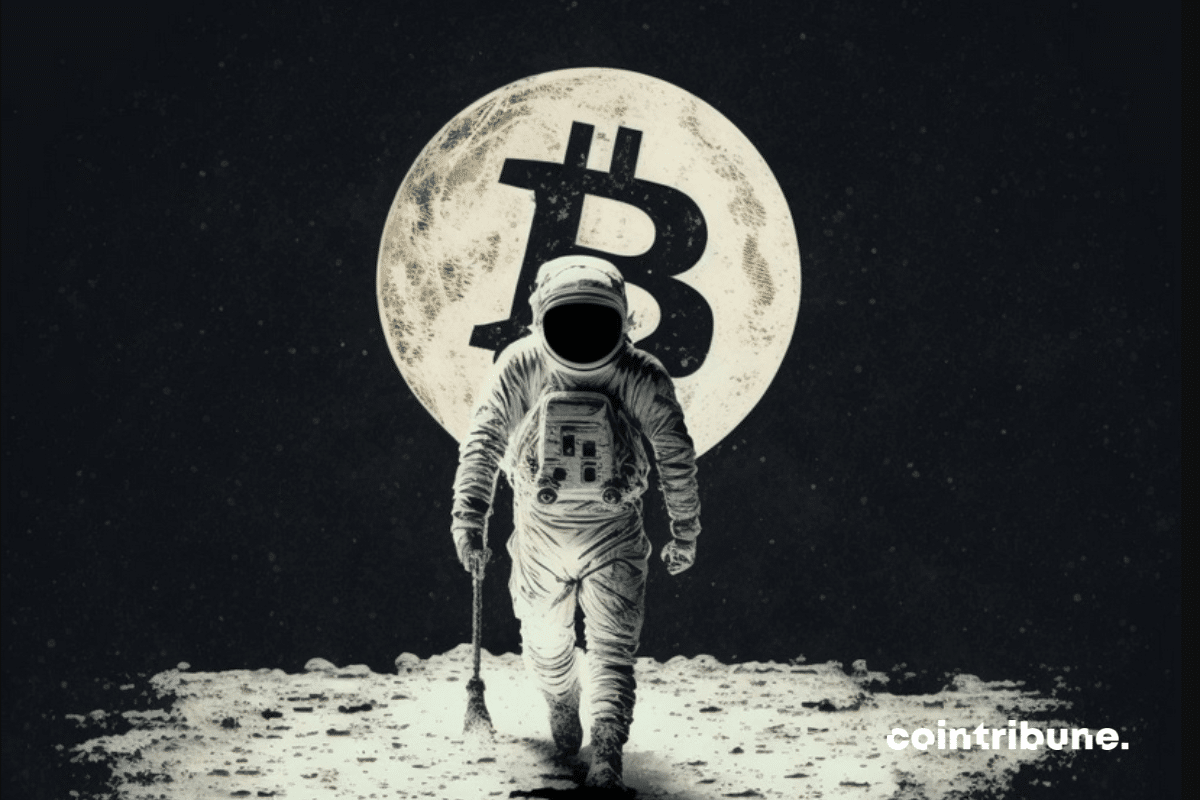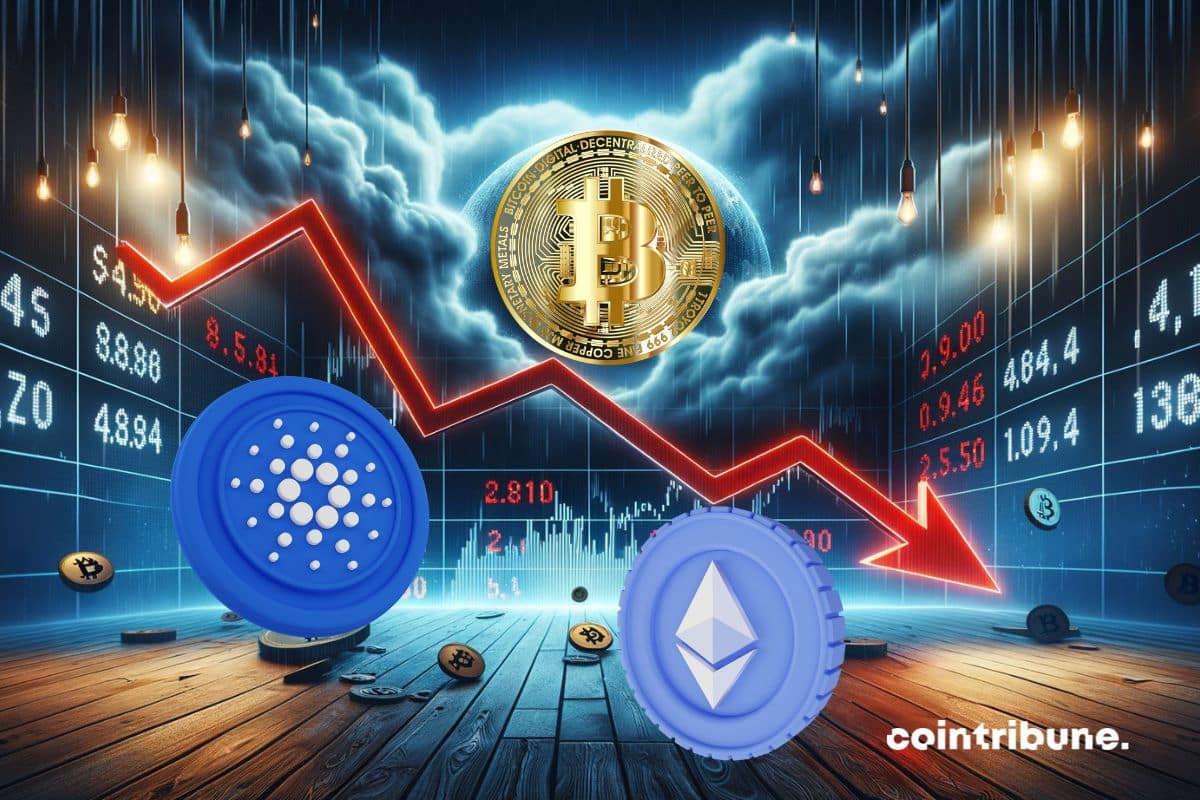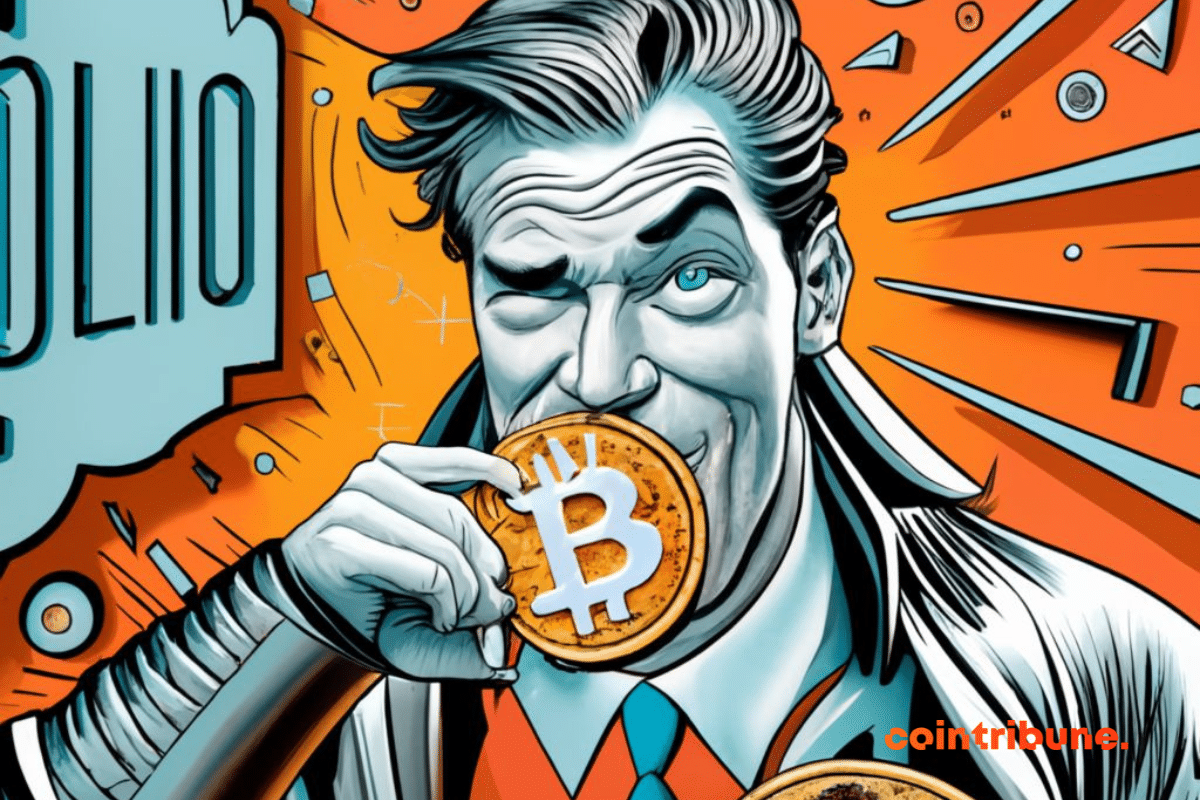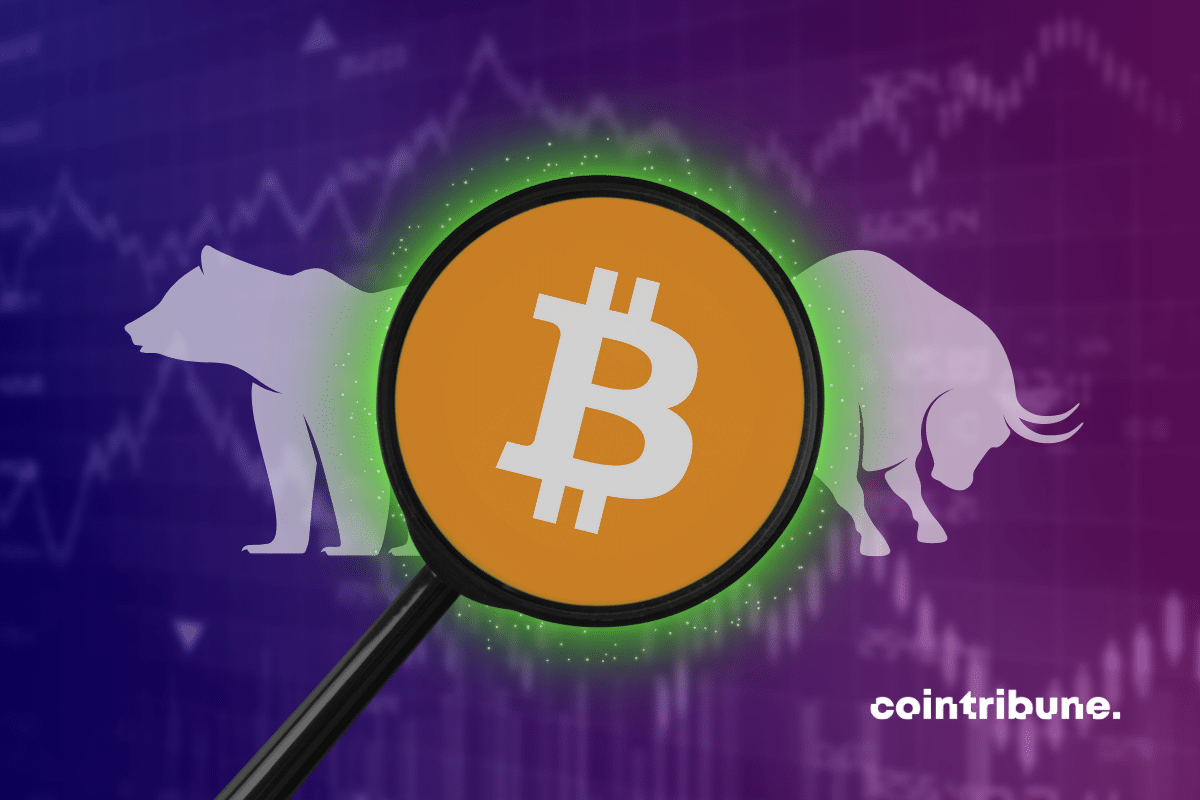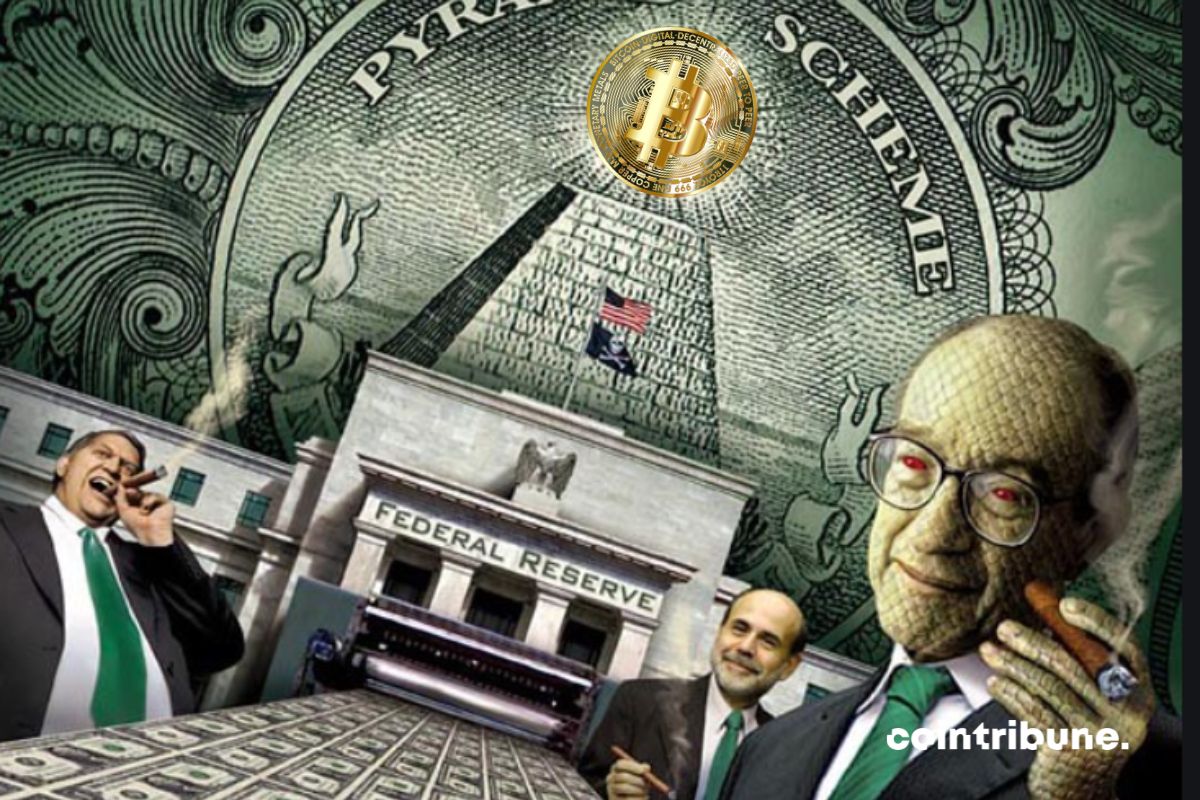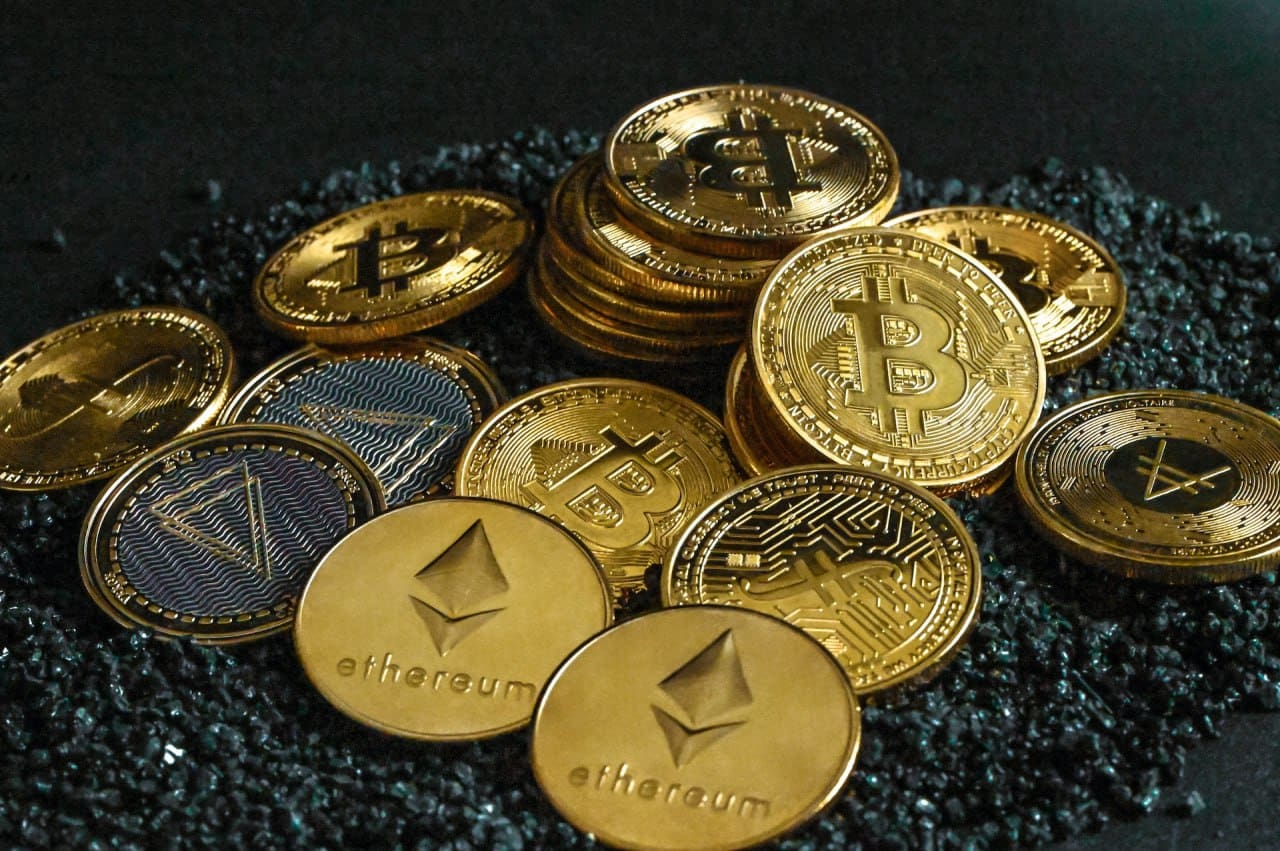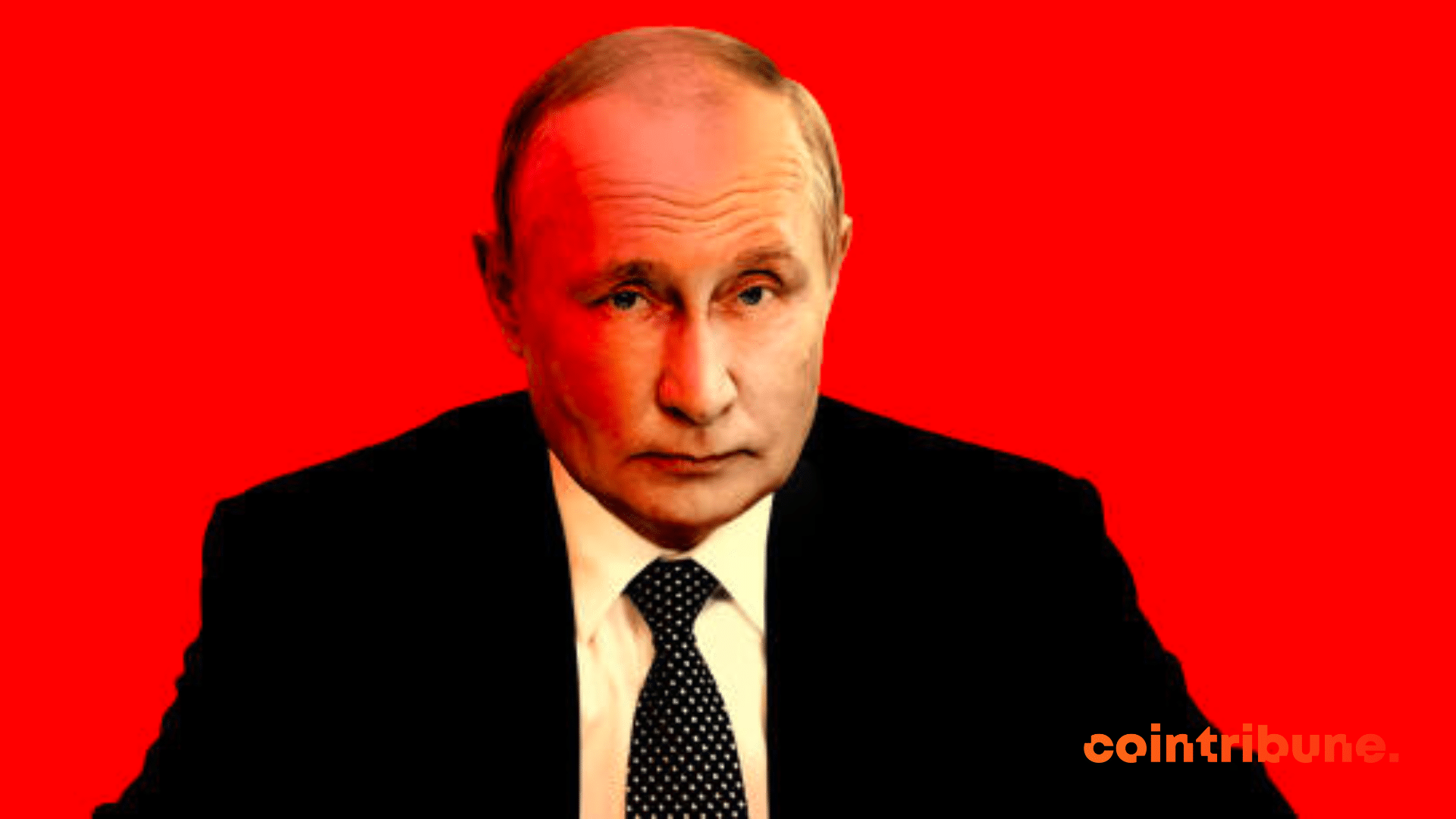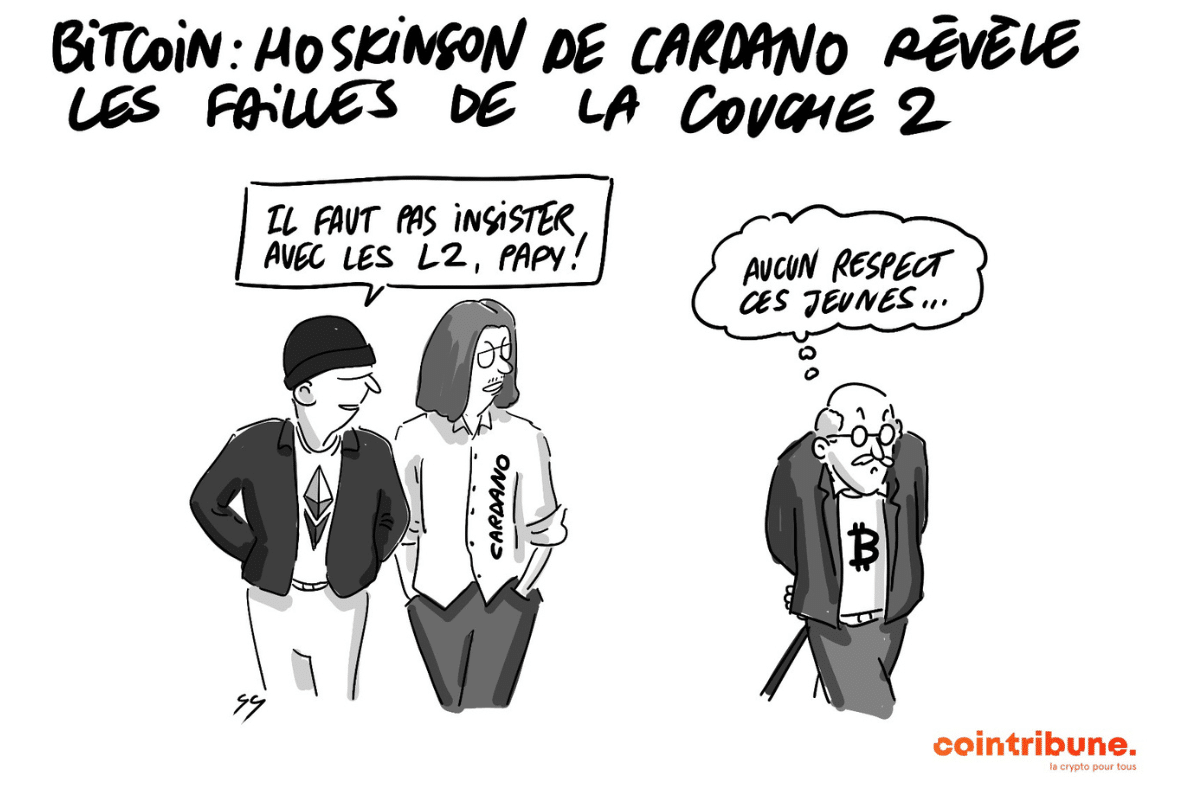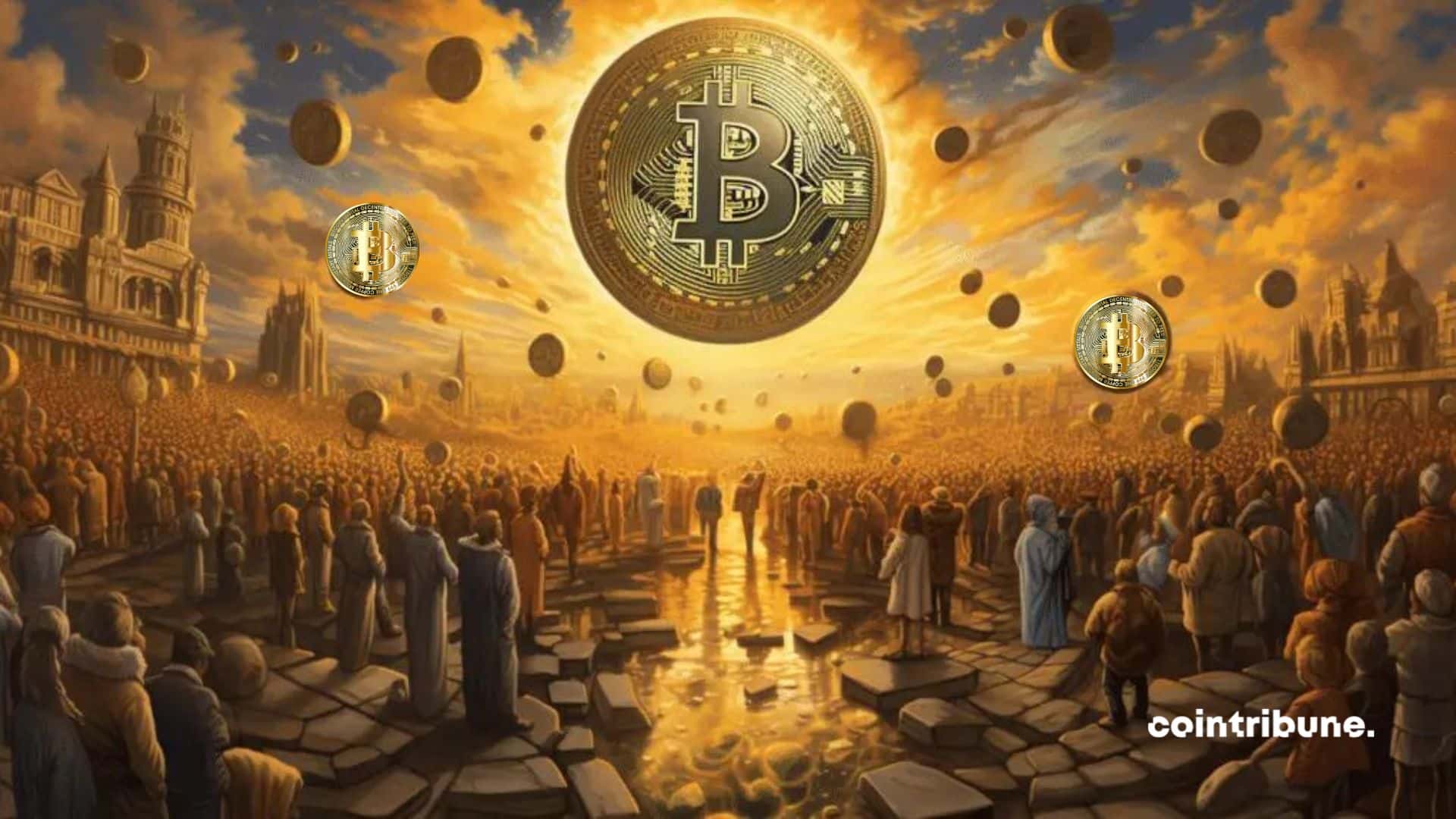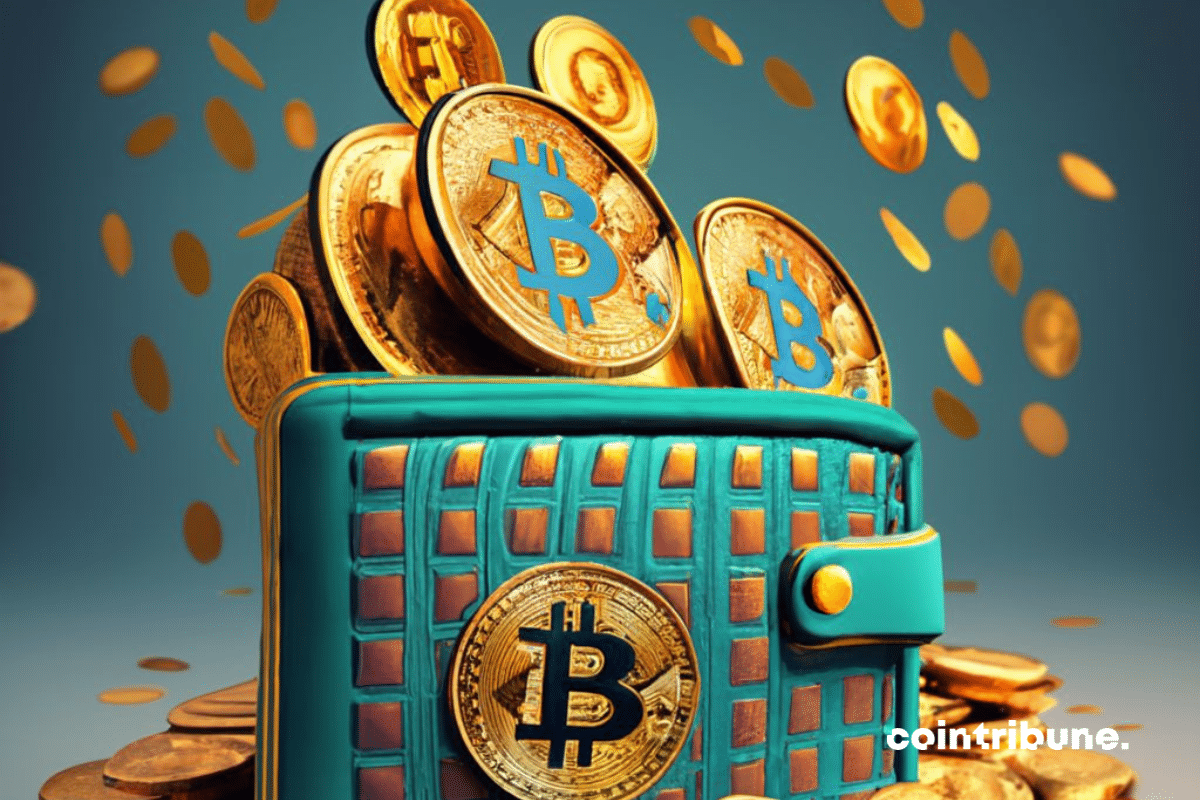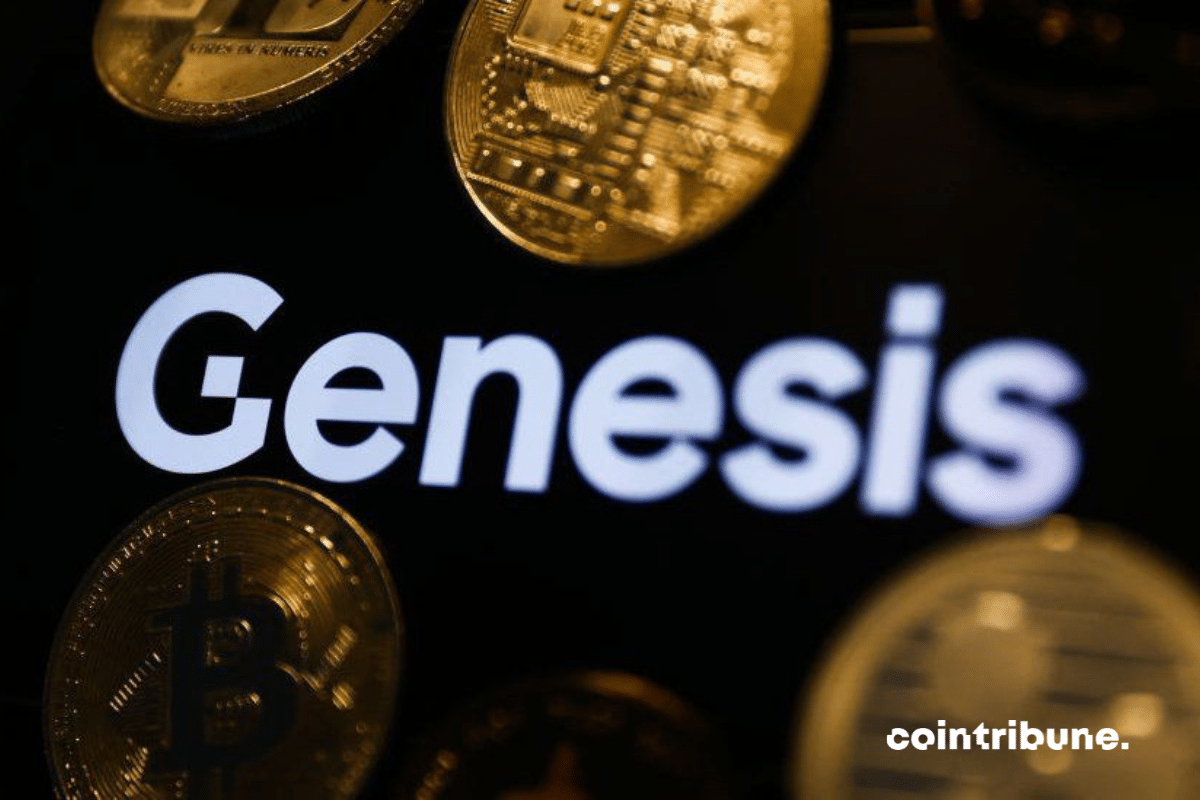Hold on tight, the king of cryptos is about to erupt. Destination: shatter its all-time high of $64,100 achieved in 2021!
Theme Bitcoin (BTC)
The comeback of bitcoin, which recently regained the symbolic threshold of $1 trillion market capitalization, whets appetites and revives competition with gold. Fueled by massive capital inflows into bitcoin spot ETFs, the king of cryptos could outshine gold sooner than expected.
While the debate rages on the legitimacy of bitcoin as a currency, SEC Chairman Gary Gensler recently highlighted distinctions between crypto and fiat currencies like the US dollar. His response once again resonates as a critique of Satoshi's invention.
Bitcoin has just reached a historical record against the yen, Japan's currency. This is also the case in nearly twenty other countries.
Bitcoin (BTC) is experiencing a remarkable resurgence. An opportunity that is always seized upon by Michael Saylor, the co-founder of MicroStrategy, to share his thoughts on what he believes will happen to the flagship cryptocurrency in the future. His projections regarding Bitcoin (BTC) are rarely pessimistic.
In the particularly thriving context of the crypto market lately, choosing wisely to position oneself on Bitcoin or Ethereum can be quite a dilemma. These two crypto ecosystems are market leaders. But they are distinct from each other in terms of functionalities and advantages. Understanding this divergence can be crucial for crypto investment choices.
Discover how stimulus plans and inflation could boost crypto currencies in 2024, according to Raoul Pal.
The Crypto Fear and Greed Index, which measures the sentiment of the crypto market, has reached its highest level since November 2021. This extreme greed reflects investors' optimism in the face of the ongoing price increases, but could also foreshadow an impending correction.
Exactly one year ago, the price of bitcoin (BTC) was around $20,000. Throughout the year 2023, the flagship cryptocurrency made headlines for its remarkable dynamism despite the ups and downs. Today, the asset is valued at over $50,000. A level it had not reached since December 2021. The surge of BTC to reach this level is from this point of view a major event for the crypto industry, whose resurgence in 2024 has been announced by a panel of experts. But how can we reasonably explain that in the space of a week, BTC has increased its valuation by 19% to currently trade around $51,600? This article will provide you with some answers.
Bitcoin (BTC) continues to capture the collective imagination, flirting with bold highs. The year 2024 for Bitcoin is marked by a convergence of key factors. On one hand, sharp technical analysis aligns with enthusiastic speculation among investors. On the other hand, institutional adoption is experiencing unprecedented growth. Together, these elements compose a compelling narrative: that of Bitcoin's meteoric rise. It evokes records worthy of the greatest science fiction novels.
A unique alignment of technical and fundamental factors could propel Bitcoin to $100,000 in 2024!
Bitcoin has just regained $50,000 for the first time since 2021 in a much more favorable context than before.
While Bitcoin dominates media attention, institutions are quietly turning to altcoins Ethereum and Cardano!
"Wall Street loves bitcoin. They are buying 12.5 times more bitcoins per day than the network can produce," astutely notes crypto trader Pomp on Twitter. According to him, daily acquisitions far exceed the network's production, reaching up to 12.5 times more. For Michael Saylor of MicroStrategy, Bitcoin spot ETFs have played a crucial role in popularizing cryptocurrency, thus propelling its price to new heights.
Bitcoin is experiencing a 2% drop after the release of an inflation figure. What are the consequences for the crypto market?
Welcome to the world of blockchain technology. Blockchain is a decentralized database that allows for secure and transparent transactions. It has the potential to revolutionize various industries, including finance, supply chain management, healthcare, and more. With blockchain, information is stored in blocks that are linked together in a chain, making it virtually impossible to alter or tamper with the data. This ensures trust, accountability, and efficiency in the digital world. Explore the possibilities of blockchain and discover the endless opportunities it brings.
ETF Bitcoin has generated a lot of excitement in recent weeks, but a sharp reversal could occur!
Bitcoin recorded a rise of over 13% last week and begins a new week by reaching a new peak. Let's examine together the future prospects of the BTC price.
The inflation data will be released this Tuesday! It will determine whether Bitcoin can continue its upward recovery or not.
Meme coins have been around since DOGE went live over ten years ago. Today's market has hundreds of memes in circulation, many of which outperformed BTC, ETH, and many other well-established altcoins. Meme coins proved they are no joke. Just look at PEPE's incredible rise to the top in 2023. Some of the earliest investors saw returns of over 5,000,000%, an absolutely jaw-dropping number, despite having no real-world use cases.
Tucker Carlson, the former Fox News journalist and potential future vice-president of Donald Trump, recently visited Russia to interview Vladimir Putin. This exciting interview comes at a time when Donald Trump has reaffirmed his desire to dismantle NATO and even encourage Putin to invade Europe. Should we expect a Polish invasion by Putin, 80 years after Adolf Hitler?
Bitcoin reaches $49,000 on February 12, 2024 in the US market, erasing the 20% decline of the past few weeks! Heading towards $52,000?
Joe Biden creates controversy with post-Super Bowl photo, sparking speculation on support for Bitcoin.
From the spectacular rise of Bitcoin, reaching almost $50,000, to innovative collaborations breaking the boundaries between the traditional web and the decentralized web, the cryptocurrency ecosystem continues to demonstrate its ability to evolve and adapt to regulatory, technical, and economic challenges. Here is a summary of the most significant crypto news of the week!
With a market capitalization approaching $1 trillion, Bitcoin has emerged in 2024 as one of the most significant assets in the world.
As the Bitcoin halving approaches, the ecosystem is evolving thanks to oracles, ETFs, and sustained on-chain activity. According to Grayscale.
The soaring rise of BTC towards $50,000, fueled by increasing institutional adoption and profitable addresses.
The crypto industry has been booming since the advent of registrations. These digital data open up new perspectives for the Bitcoin network and other platforms. On one side, there are Bitcoin Ordinal registrations that bring a new dynamic to the pioneering blockchain. On the other side, registrations on EVM-compatible blockchains like Ethereum have seen rapid growth followed by stabilization. Although their future remains uncertain, registrations are a promising track for extension to a wide range of blockchains. In this article, based on a Binance report, we explore the landscape of registrations, analyzing their impact on the Bitcoin network and EVM-compatible blockchains. This is done with a focus on platforms active in this field.
"A new massive sale of bitcoins deposited in Grayscale's GBTC ETF is looming following the resolution of the case involving bankrupt Genesis and Gemini Exchange."
Bitcoin ETFs are experiencing massive capital inflows this month, resulting in a spectacular surge in the crypto's price!

